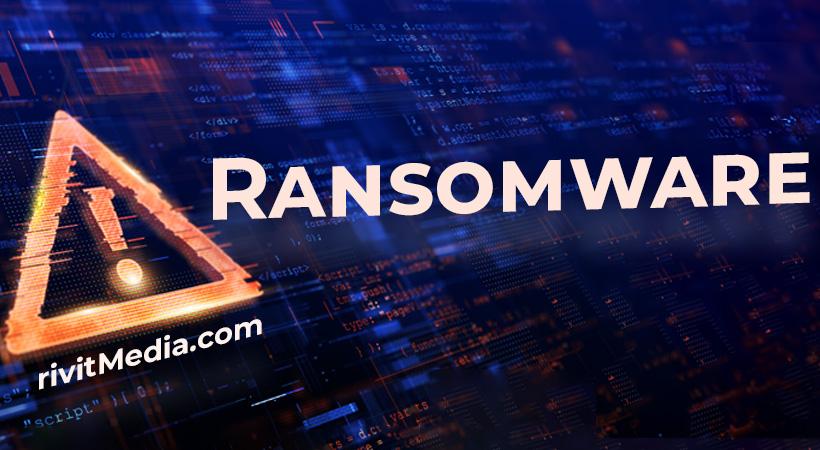In the ever-evolving landscape of cybersecurity threats, ransomware remains a persistent menace, capable of wreaking havoc on individuals and organizations alike. Among the myriad ransomware variants, one particularly nefarious strain has emerged: Dzen ransomware, a member of the notorious Phobos family. This article delves into the intricate workings of Dzen ransomware, its modus operandi, consequences for victims, detection methods, and crucially, comprehensive removal and prevention strategies.
Understanding Dzen Ransomware
Dzen ransomware operates with a singular, malicious intent: to encrypt files on victims’ systems, rendering them inaccessible and extorting payment for their release. Employing advanced encryption algorithms, Dzen appends a distinct “.dzen” extension to encrypted files, effectively holding them hostage. Alongside encryption, Dzen delivers ransom notes (“info.txt” and “info.hta”), warning victims against independent decryption attempts and urging them to comply with ransom demands under the threat of permanent data loss.
The ramifications of falling victim to Dzen ransomware are dire. Encrypted files become unusable, disrupting critical operations and potentially causing significant financial and reputational harm. Moreover, Dzen’s multifaceted approach exacerbates the threat, disabling firewalls, deleting Volume Shadow Copies, and collecting location data, amplifying the vulnerability of compromised systems to further exploitation.
Identifying and categorizing Dzen ransomware is crucial for effective mitigation. Detection names such as “Win32:Phobos-D [Ransom]” (Avast), “Trojan.Ransom.PHU” (Combo Cleaner), and “Ransom:Win32/Phobos.PM” (Microsoft) aid cybersecurity professionals in identifying and neutralizing the threat. Additionally, awareness of similar ransomware variants like SatanCD, Napoli, and Hitobito enhances preparedness against evolving cyber threats.
Comprehensive Removal Guide
Mitigating the impact of Dzen ransomware necessitates a meticulous removal process. While specific steps may vary based on individual circumstances, a comprehensive guide typically involves:
- Isolation: Disconnect infected systems from networks and external devices to prevent further spread of the ransomware.
- Backup Verification: Ensure the integrity of existing backups to facilitate data restoration post-removal.
- Antivirus Scan: Utilize reputable antivirus software to scan and remove Dzen ransomware components from infected systems.
- File Decryption: Explore available decryption tools or consult cybersecurity experts for assistance in recovering encrypted files.
- System Restore: Restore compromised systems to a previous, uninfected state using system restore points or backup images.
Prevention Best Practices
Preventing future Dzen ransomware infections requires proactive cybersecurity measures. Implementing the following best practices fortifies defenses against ransomware and other cyber threats:
- Regular Software Updates: Keep operating systems and applications up-to-date to patch known vulnerabilities exploited by ransomware.
- User Education: Educate users about phishing tactics, suspicious email attachments, and safe browsing habits to mitigate the risk of social engineering attacks.
- Endpoint Protection: Deploy robust endpoint security solutions capable of detecting and blocking ransomware infections before they inflict damage.
- Data Backup: Maintain regular backups of critical data on secure, offline storage to facilitate recovery in the event of a ransomware attack.
- Network Segmentation: Segment networks to contain the spread of ransomware and limit access to sensitive data, minimizing the impact of potential breaches.
Conclusion
Dzen ransomware exemplifies the persistent threat posed by ransomware variants within the Phobos family. Understanding its mechanisms, consequences, and mitigation strategies empowers individuals and organizations to defend against this insidious cyber threat. By adhering to comprehensive removal protocols and adopting proactive prevention measures, stakeholders can safeguard their digital assets and thwart the malicious endeavors of cybercriminals.





